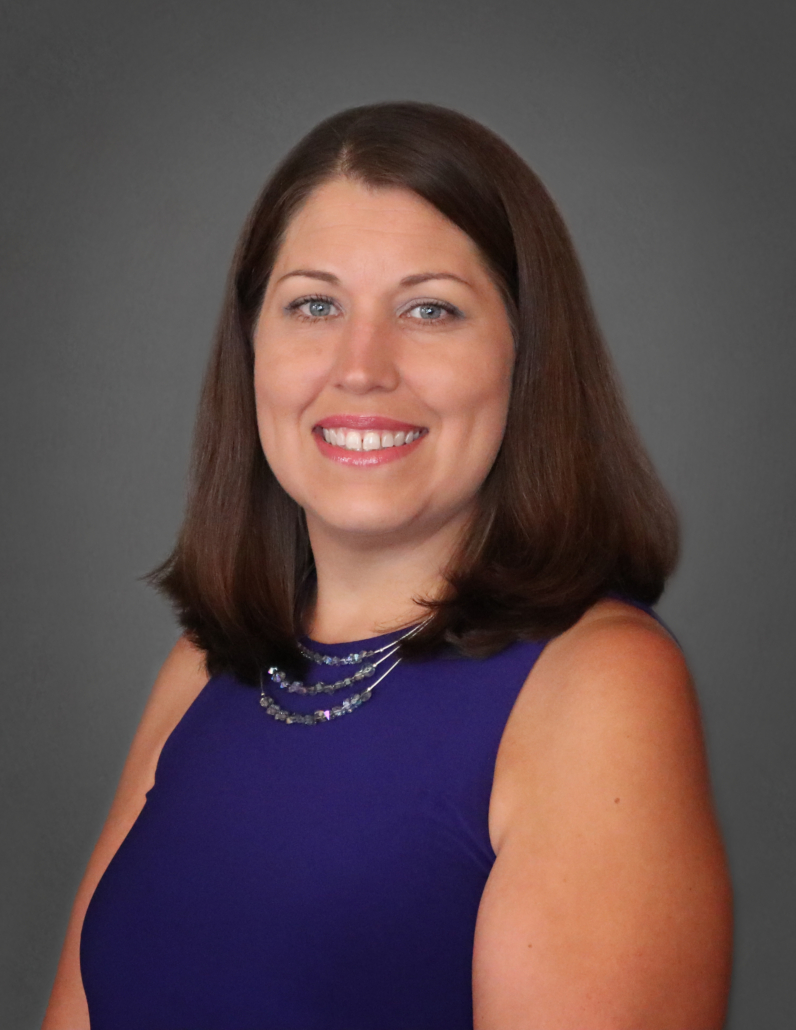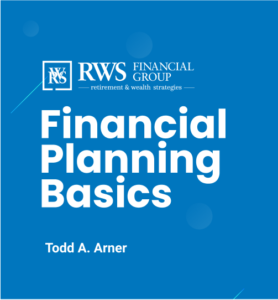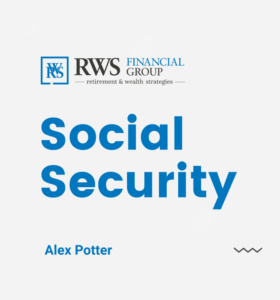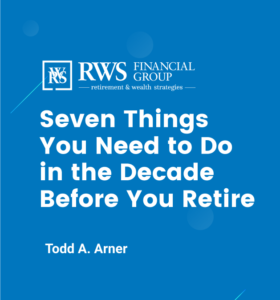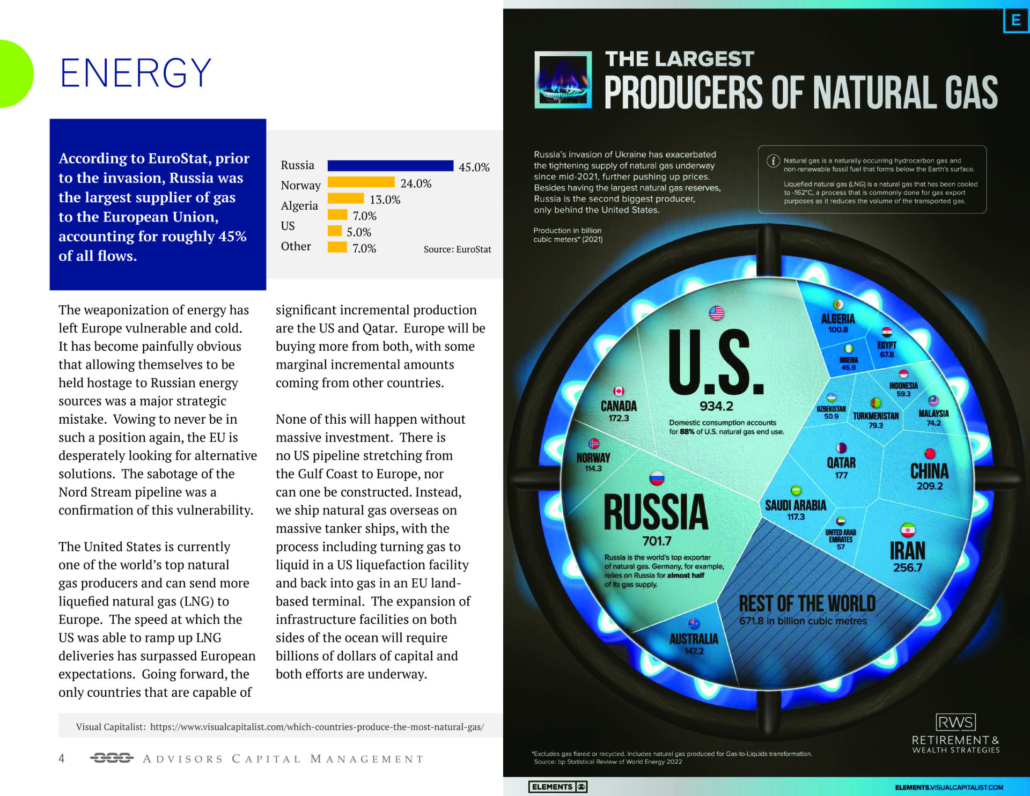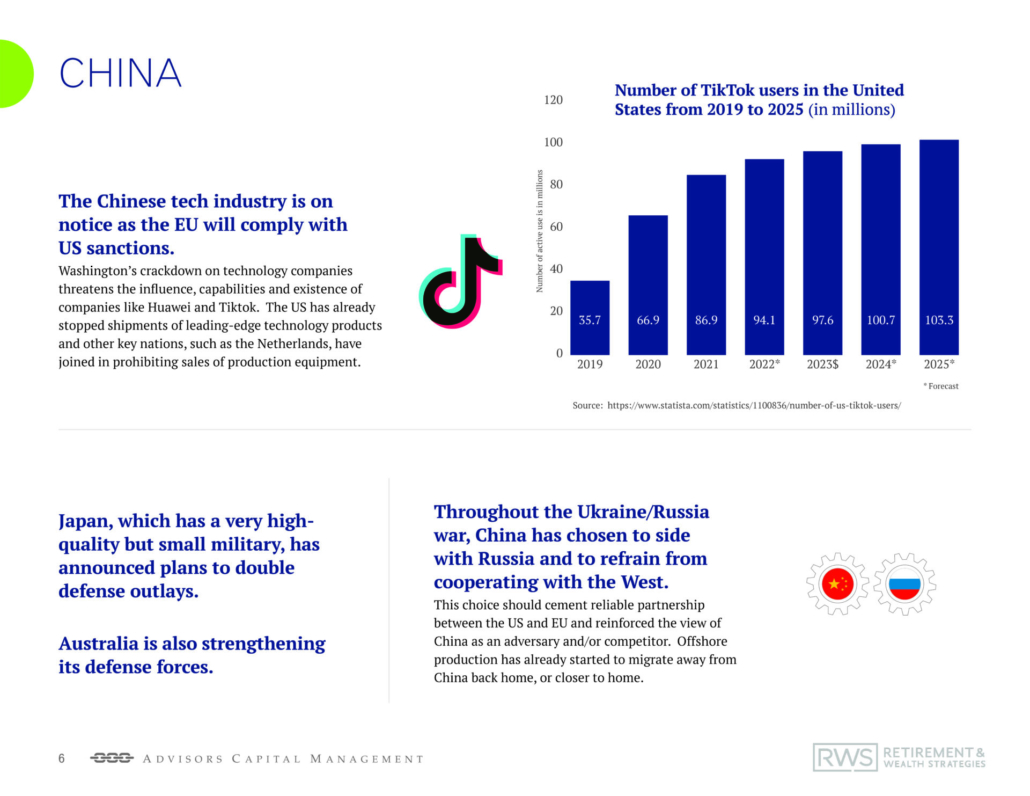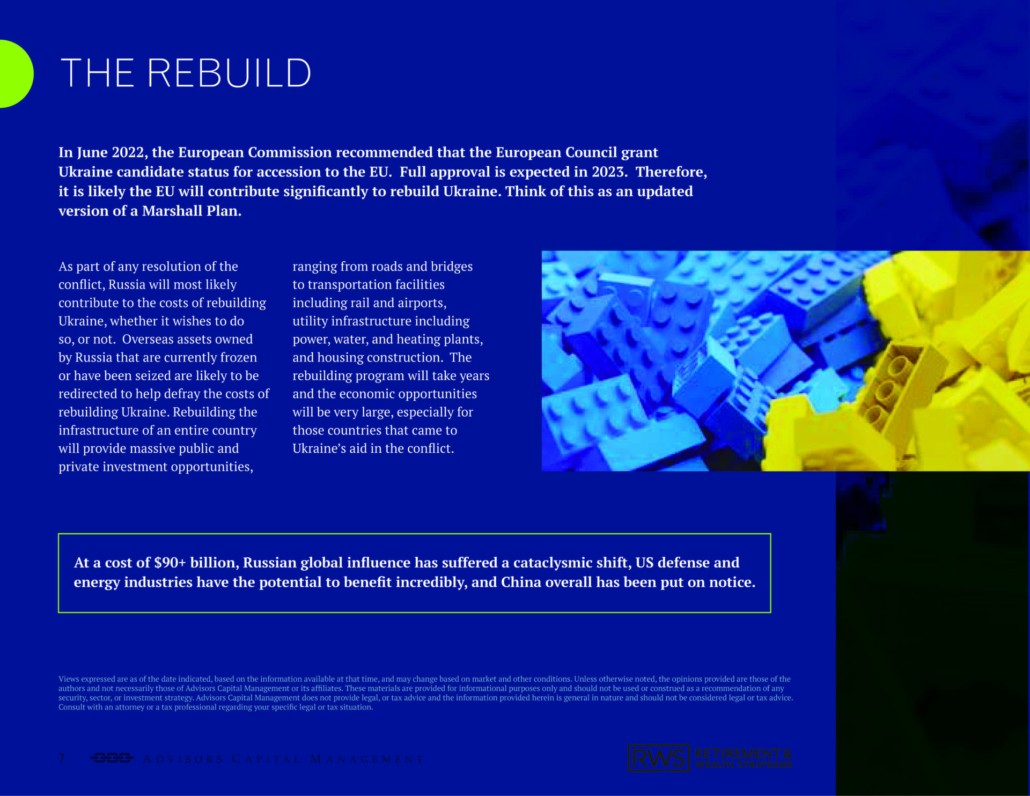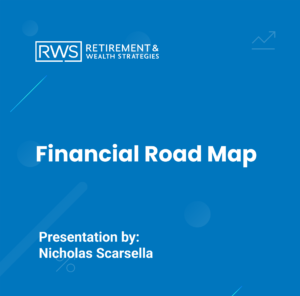Seven Things to Do in the Decade Before You Retire
If you’ve ever participated in or been a spectator at a foot race, you’ll know that when the runners turn that last corner and start their final sprint, the intensity definitely ratchets up. Known as the “home stretch”, during this critical stage, the last thing that a runner wants to do is stumble to the finish line that’s already in sight. Similarly, as you get to the point in your career where you can start to see the retirement finish line, you want to make sure you don’t stumble.
There are several things you need to do in the decade or so before you retire, which are:
• Determine when the time is right
• Take aim at your target
• Maximize your nest egg
• Get a portfolio checkup
• Create a strategy with social security
• Build a retirement income stream
• Look beyond the money
When should you retire?
Taking a closer look, how do you determine when it’s the right time to retire? This critical question is not easy to answer. In fact, when Morningstar asked people in their 40s and 50s to estimate when they would retire, they noticed some surprising results. When someone thought they would retire at 55, the research showed that on average they were most likely to retire later than expected at age 58. This could be due to factors including the cost of healthcare, a smaller nest egg, or unpreparedness with possible unexpected or higher expenses than originally anticipated. On the other hand, for someone who thought they’d retire at 65, the research showed that they were most likely to retire earlier than expected at age 63. This may be a result of things like their own or a loved one’s poor health, unemployment, or on the positive side, meeting a retirement goal early. In all of the research, the common factor was found to be the age 61 and the adjustment was shown to be roughly a half a year for every year above or below 61. Meaning, anyone who thought they’d retire younger was drawn upwards towards 61 and those who plan to work longer were pulled back towards 61.
Ultimately, as you determine the right time to retire, it’s best to think of it as a guidepost versus an absolute. You may have to make adjustments as you’re confronted with life’s twists and turns along the way. Over the coming decade, you’ll encounter many important age-related milestones as well, from starting catch-up contributions at age 50 to taking required minimum distributions at age 72. By working together with a financial professional, you can determine how to prepare as you sprint towards that finish line in the home stretch of retirement.
How much do you need to retire?
One of the biggest questions that people have when they decide to retire is how much they need to do so. The general rule of thumb is that you’ll need to save enough to generate about 70 to 90 percent of your pre-retirement income. There are certain costs that are likely to go down once you retire. You may finish paying off your mortgage or you’ll spend less time commuting and dry-cleaning work attire. Many people also spend less on food because they finally have time to prepare meals. These reductions can be countered by other costs that go up in retirement including that many retirees are no longer covered by a workplace medical plan and even with Medicare premiums, co-pays could rise as you age and need more health care. Additionally, you may spend more on travel or if you spend more time at your home, your utility usage will probably go up, not to mention an aging home certainly will require maintenance.
While costs that go up or down once you retire may offset each other, there are two big things that likely reduce your paycheck while working that go away when you retire. First, you won’t need to pay social security and Medicare payroll taxes anymore. And secondly, you’ll no longer be saving for your retirement. But another rule of thumb is that you need enough retirement savings to generate a desired income. Using a four percent rule, there could be several different desired annual income amounts that once retired, you might want to generate. Assuming that when you retire, you’ve got your savings invested in something very conservative that returns about one and a half percent a year to provide the desired annual income amount for 20 years. Including yearly increases for inflation, you’ll need to have a minimum of this much saved when you retire instead of the 1.5 return. However, if you were able to invest your savings and get a 5 percent return, then the minimum amount you need to have saved when you start retirement is much lower. The higher return means that the total savings you need at retirement can be lower as you enter the “home stretch”.
Increase your retirement savings now
Before retirement, you have the ability to save more than ever before. The U.S. government offers multiple tax advantaged options for you to increase your retirement savings. For example, a couple who are both 50 years old where the husband is an engineer and the wife is a retired teacher who do volunteer work together have a combined income of $150,000. When it comes to saving for retirement, one of the most common ways to do so is through a workplace plan like a 401k. Assuming that the working spouse participates in a 401k, a planned contribution of $19,500 can be made each year. In addition, many employers offer matching contributions with a common company match like 50 cents for every dollar up to six percent of the total salary which means up to $4,500 dollars of additional contributions each year. But if you participate in a workplace plan and are 50 or older, you can do what’s called a catch-up which means for the couple in the example, saving an additional $6,500 dollars per year in a 401k.
Many people also assume that if you participate in a workplace retirement plan, that you’re not eligible to save using a tax advantage individual retirement account or ‘IRA’. But if your income falls within a certain range, you can also participate in a traditional or Roth IRA even if you’ve already maximized your 401k contributions. Because the couple in the example is married and has an income of less than $206,000, the working spouse can contribute $6,000 to a Roth IRA. And just like the 401k, those 50 and older are eligible to make a catch-up contribution of $1,000 a year into their IRA . Additionally, another way to save is through a spousal IRA even if one spouse doesn’t work and hasn’t earned any income, the working spouse could contribute to an IRA on their behalf. Spousal IRA also has income limits, but if the couple’s combined income is less than $206,000, they can add $6,000 to a Roth spousal IRA for her and if the wife is 50, a $1,000 dollar catch-up contribution can also be made on her behalf.
Taking stock of your inventory
As you get closer to retirement, it’s a good idea to get a portfolio checkup, especially as today’s workforce is more mobile than ever. In a 2017 report, the Bureau of Labor Statistics found that workers born between 1957 and 1964 switched jobs an average of 12 times by age 50. Today, the most common way people save for retirement is through a workplace plan like a 401k . In fact, the recent report showed that 71 percent of jobs include a 401k or a similar retirement plan and many of these retirement plans are structured with automatic enrollment as a way to increase retirement savings. It’s also estimated that over 60 percent of the plans will automatically enroll participants making it beneficial to consolidate any old retirement accounts. Likewise, multiple retirement accounts can make it challenging to get a clear picture of your overall asset. You might think you’ve got a good mix of stocks and bonds in your portfolio, but don’t forget about the accounts you left behind at prior jobs. If they were open when you were younger, they may be more heavily weighted towards stocks as that may have been an appropriate investment when the time was right back then. Lastly, while doing a portfolio checkup, confirm the beneficiary information on all your retirement accounts. If the accounts were established a long time, ago they may need to be updated with a new spouse, younger children, stepchildren, or even a trust.
Additionally, social security may now be a primary income source for retirees. It’s important to understand some of the basics of how social security works so you can maximize this program for your personal situation. One of the first things you need to know is your full retirement age or ‘FRA’ which is the age that you are eligible for full retirement benefits from social security and is determined by the year in which you were born. Regardless of your FRA though, the youngest age that you can receive retirement benefits from social security is 62. You can file for benefits anytime between 62 and 70. With the more time you wait, the more you’ll get the maximum amounts a person could receive in social security retirement benefits from age 62 to 70. Delaying the start of social security benefits would increase the amount monthly that you generate. However, to live on social security alone is not very feasible as you will likely need a combination of income from social security among other sources since there’s no such thing as a “retirement paycheck”.
Making your money do the work
To convert your retirement savings into an income or a paycheck, one basic strategy is to take your retirement savings and invest it into something that generates interest payments or dividends. One example is to invest the funds in money market accounts or CDs but these assets don’t actually offer much in return. In fact, a half-million dollar investment in a money market savings account would only generate about $58 a month, about enough to cover a bag of groceries. Meanwhile, one-year CDs are only slightly better, generating $83 a month. They might provide enough to pay a cell phone bill but neither of these investments historically generate enough for most people to live on. There are also other income generating investments that have offered higher yields and while these investments do come with additional risk, they also have historically provided significantly more income. Another strategy for creating a stream of retirement income is to take out systematic withdrawals where a small portion of your overall retirement portfolio is sold at regular intervals to generate income. In good months, you’ll sell fewer shares to generate your monthly income but in months where your retirement portfolio goes down in value, you will end up needing to sell more shares.
Every investment strategy has its pros and cons but using a portfolio of income-producing investments may help keep your nest egg intact by only distributing the income rather than your original retirement savings. However, many income-producing investments also vary in the amount they produce on a monthly basis. Creating a systematic withdrawal plan can help ensure that you’ll get consistent income each month, but this type of plan also runs the risk of eating into your original investment, especially when the markets drop.
Retirement is about more than just a money mindset
The last thing you need to do before you retire may also be the most important: look beyond the money. Having money may make retirement easier but as the saying goes “Money doesn’t buy happiness”. Several studies have shown that the most important factors that determine happiness and retirement are health, friendships, and family. It’s important to take steps now to remain in good health like joining a gym, taking more walks, or practicing yoga. It’s been said that all the money in the world does not matter if you’re not healthy enough to enjoy it. Having strong friendships and good relationships with family has been shown to boost both mental and physical health. One study even showed that socially isolated individuals face health risks compared to those of smokers. That means that you don’t just need a retirement plan, you need a retirement living plan with longer life expectancy and better health during those later years. People can do a lot during retirement and new retirees often go through a phase of increased travel and leisure activities, giving themselves a reward for all their hard work. They also may spend more time on their favorite hobbies or do the things that they’ve always wanted to do but simply didn’t have the time before. In short, retirement is wonderful if you have two essentials: much to live on and much to live for.
As you sprint through the “home stretch” before retirement, consider working with a financial professional which can ultimately be one of the best investments that you can make. They can help you address the specific questions and needs you have for each of the seven must-do’s.
Visit the RWS Group website at www.rwsgroup.org for more tips and resources.

